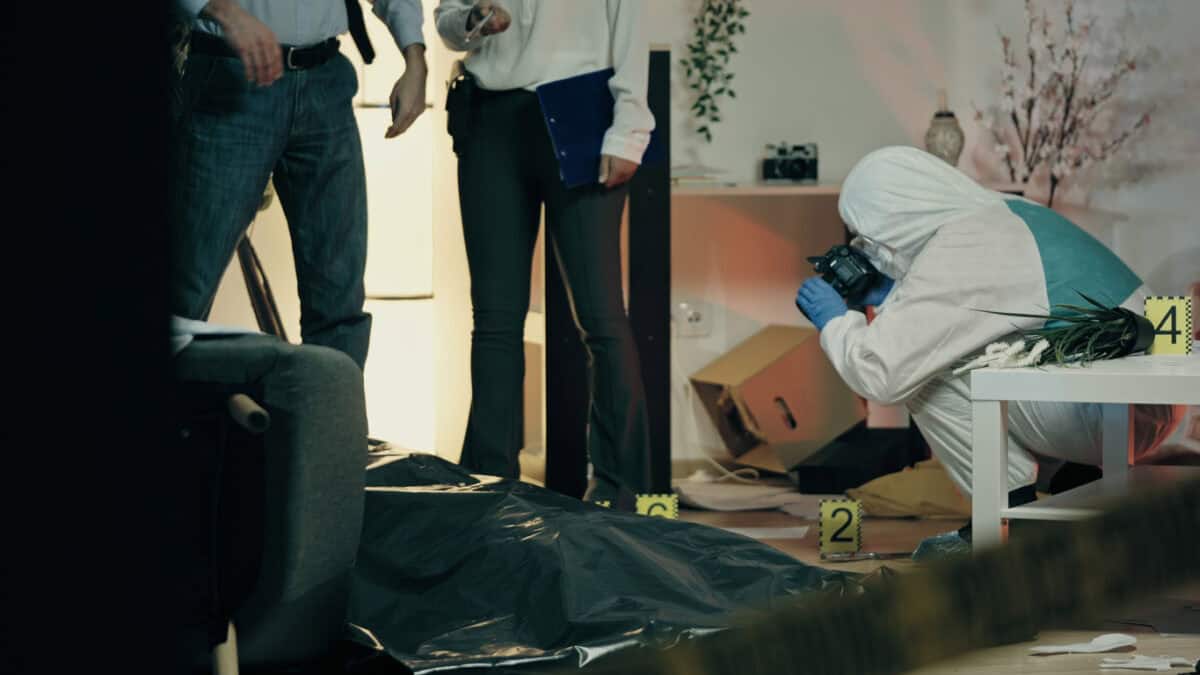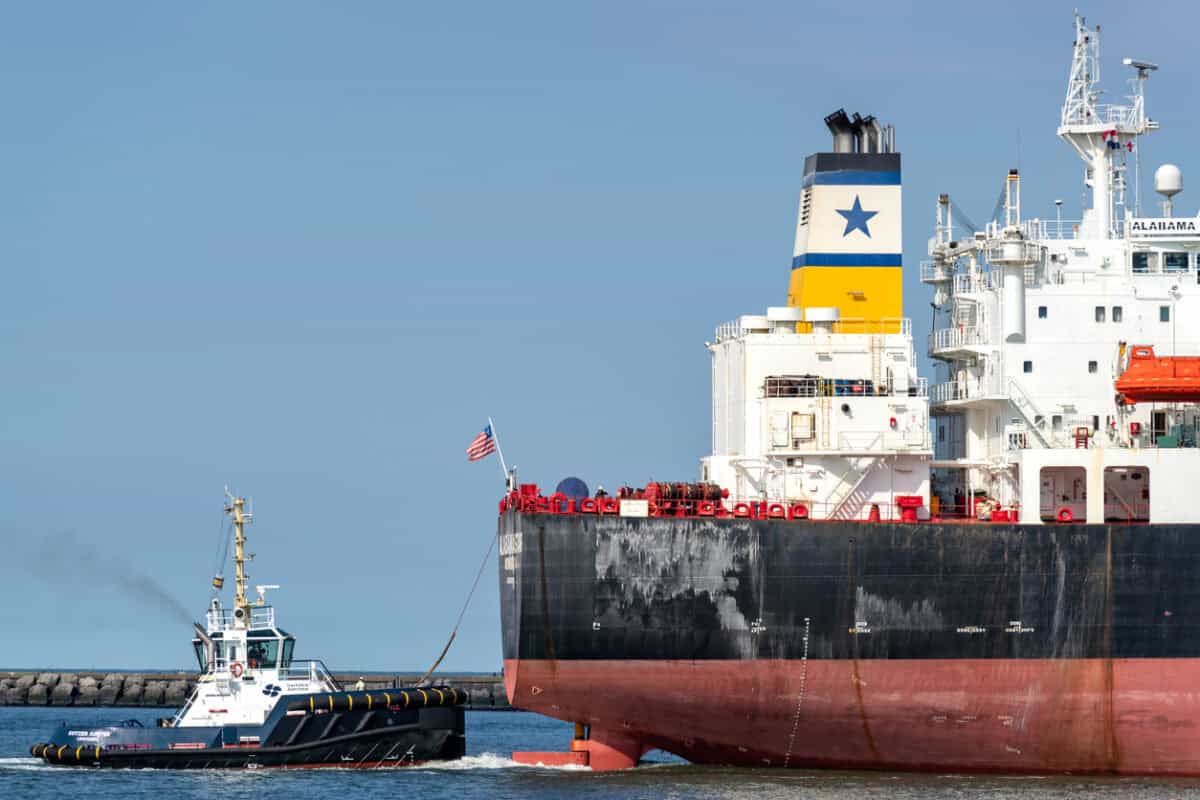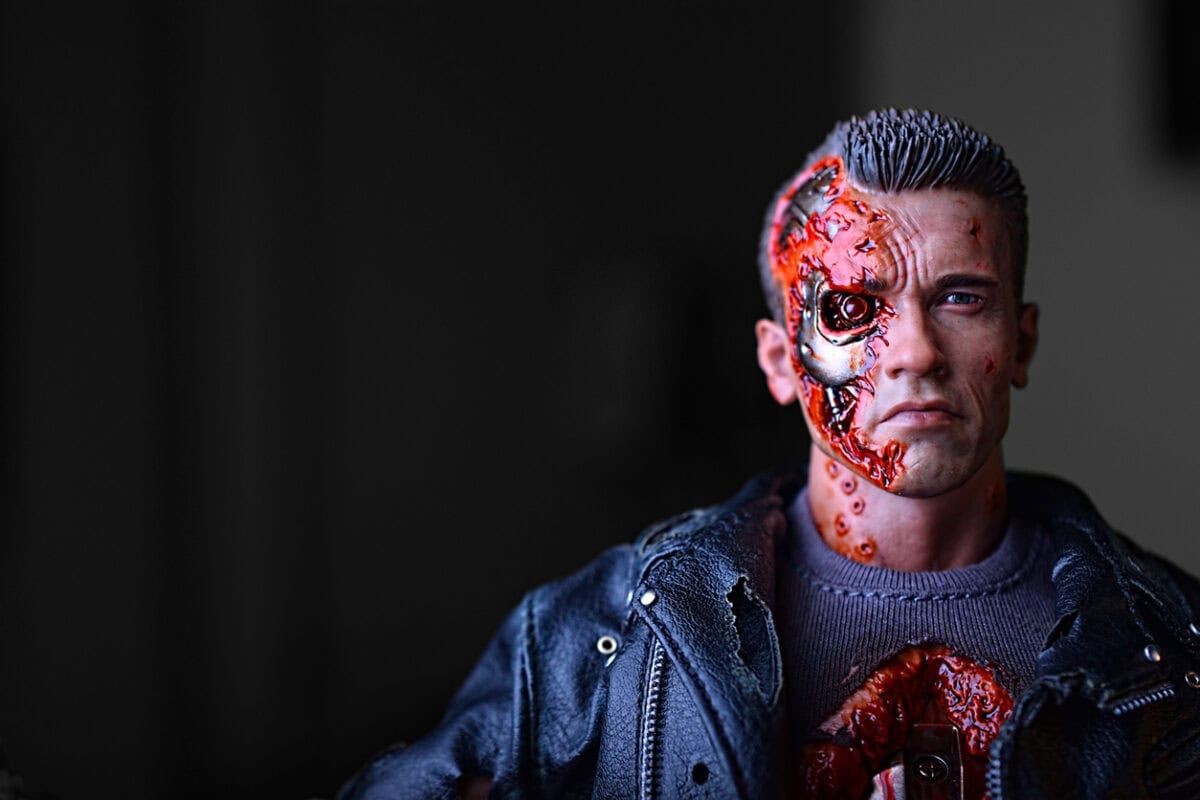Significant changes in occupational health and safety result from one or more work-related fatalities. To my knowledge, this has not been labelled anyone’s “rule”, but it is a sad truism, and there are examples everywhere.
Episode One of the BBC’s excellent Grenfell podcast series references the phrase “show me the bodies” as having been said by a British bureaucrat requesting more evidence of the risks of external cladding on high-rise apartments. Such a thoughtless request implies that nothing needs to be done until there is evidence of a significant likelihood of death.
However, this article is not about Grenfell Tower (which will be coming soon) but about occupational health and safety (OHS) consultation and its failure.







